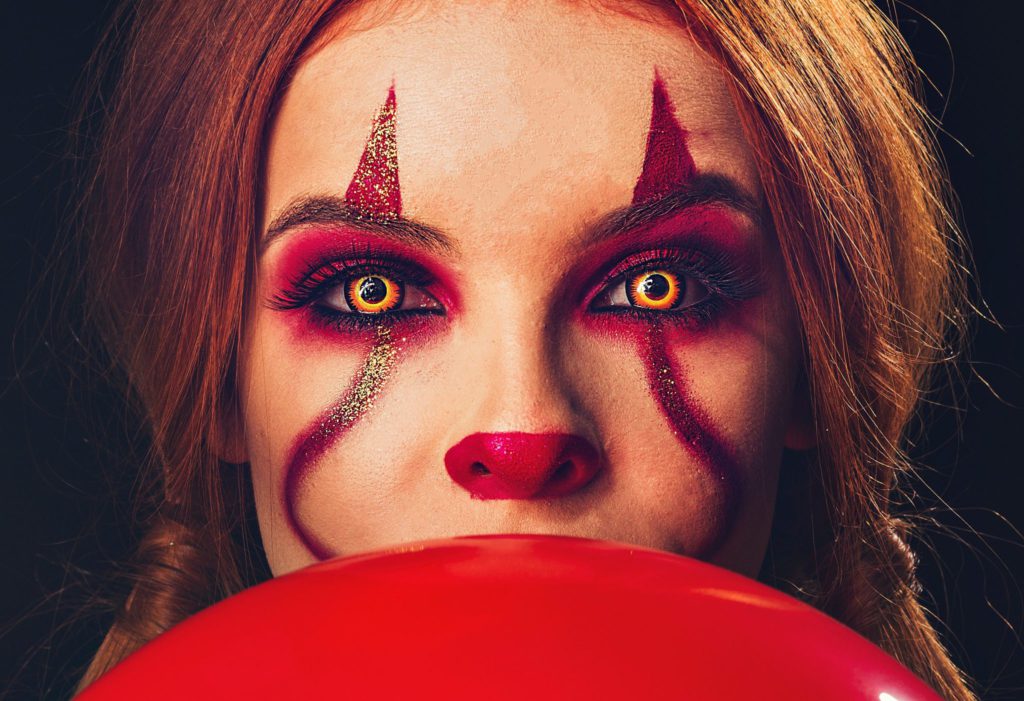Technology, in its many forms, has innovated and changed everything from telephone communication to maps and even the way we spend our time off.
Entertainment, too, now relies on advances in tech research to point the way to the next growth areas and income streams.
For example, Boveda is an innovative new technology designed specifically for cigar smokers to make their smoking experience more pleasurable. It is a patented airtight pouch that allows you to store cigars up to three times longer in humidors – the little wooden boxes that traditionally held cigars.
Finding a humidor Australia style is now way easier than it was, and the internet has made it a breeze to discover where you can order them.
Previously made from wood (but now plastic) to keep them clean and sanitary, humidors come in different sizes and materials to suit different types of cigars, and include boxes, drawers, and trays. This tech has transformed the life of high end cigars and made transportation and storage more efficient and cost effective.
We can see other uses of tech applications across the spectrum of entertainment and hobby sectors.
For instance, Halloween – or All Hallows Eve – is one of the oldest and most traditional of festivals in the world. It is a time of celebration and remembrance of the dead across many cultures and countries.
They celebrated it more in the United States up to the 1970s, when the technology of television put “trick or treating” in front of a worldwide audience and made it into a global marketing bonanza.
In America, there are two kinds of Halloween celebrations. One is for kids who love dressing up as ghosts, witches, zombies, princesses, superheroes, and anything else their imaginations dream up. They go door to door asking for candy and singing scary songs.
The second Halloween celebration is when grownups get together at parties and host costume contests with prizes.
They have exported both types of Halloween – along with some “scary” technological tweaking.
Because people take the costume competitions and parties so seriously, the costumes now have details like built in lighting and cosplay contact lenses.
It is now possible to buy Halloween contact lenses Australia wide in a range of colours and designs from home-grown manufacturers.

Of course, any celebration or festival is a prime target for entertainment tech in terms of films, videos and interactive games.
The Halloween market alone is massive. According to research from the Australian Retailers Association (ARA) in collaboration with Roy Morgan, one in four (or 5 million) Australians plan on celebrating Halloween this year, with spending to reach $430 million, for an average amount of $86 per person. For 88% of Australians celebrating Halloween, this is the same or more than they spent last year.
- People plan on celebrating Halloween by purchasing treats for treats for ‘trick or treaters’ (mentioned by 51% of people), followed by getting dressed up in a Halloween costume (mentioned by 47% of people), decorating the home (mentioned by 40% of people) and attending or hosting a Halloween party (mentioned by 23% of people).
- Those aged 35-49 are the most likely to celebrate Halloween (37%) – equating to 1.92 million people, just ahead of those aged 18-34 (32%) – equating to 1.9 million people.
- One in five people (20%) who will celebrate Halloween say they will hold or attend a party without children
As you can see, not everyone wants to go out trick or treating or to costume parties – some are more than happy to stay at home and entertain themselves.
Getting into the spirit of Halloween is now easier across Australia, with streaming video links by providers showing the most popular horror and magic films onto wide screen television sets hooked up to Wi-Fi or satellite systems.
There are also apps that allow you to watch movies online without having to pay for cable TV packages.
Among the most popular offerings, if you need some inspiration, are:
- The Nightmare Before Christmas
- Friday the 13th
- Scream
- Halloween
- Poltergeist
- Evil Dead II
The biggest recent change in home entertainment has been the advent of Netflix.
In 2005, Reed Hastings founded Netflix as a DVD rental service. Today, it’s the largest streaming site globally, with 130 million subscribers (and counting). While Netflix didn’t invent streaming, its user interface and original programming revolutionised the way viewers watch shows.
Netflix is changing the television industry because it provides a better viewing experience. Viewers get their favourite programs anytime they want, without having to wait for commercials or pay exorbitant cable bills. And now, it’s expanding into new markets and creating its own streaming competitors.
The future of entertainment is going to look very different from today.
Most people don’t even realise they’re using cloud services to access their favourite streaming apps, like Netflix or Amazon Prime, let alone how they are using them.
While the idea behind cloud computing seems fairly straightforward, it can often be confusing. Take your typical company server, for example. Cloud hosting allows companies to rent out servers instead of buying and maintaining one themselves.
This means users only need to pay for the amount of data stored on the cloud service they use.
Cloud computing has become a part of our everyday lives. While some believe it’s a new concept, it’s actually as old as the internet itself. The question that remains is whether businesses should try it.
It’s a complicated and involved area and IT services insurance is essential if you are relying on cloud servers and technology to deliver your services.
To better manage their risk exposure, companies often purchase some form of commercial insurance or risk management/protection strategy (RMS).
Unfortunately, many of these policies fall short in providing real coverage for small businesses, particularly those without access to large claims reserves, so you need to check them carefully.
For example, only 50% of small businesses report having sufficient funds to cover losses over $50,000.
Technology can be a boon to entertainment – but, like everything, “it” often comes at a price.

